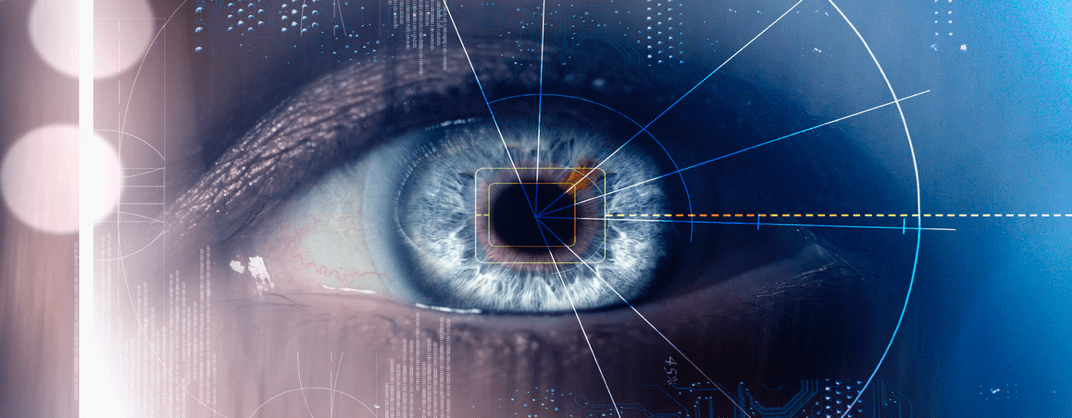Over 50% of our brain is dedicated to vision and visual processing, and nearly 80% of all sensory processing in the body is directly impacted by information coming from the eyes. Therefore, it’s no surprise that a concussion injury would impact the visual system.
Up to 90% of traumatic brain injury (TBI) patients experience at least one oculomotor dysfunction (e.g., tracking or scanning), and up to 40% have visual dysfunctions (e.g., eye teaming, focusing, scanning, or eye movements) persisting beyond 3 months.
There are two important aspects of vision that interact in a typical individual.
- Central or Focal Vision – used to see fine details
- Peripheral or Spatial Vision – provides information about our surroundings; where we are in space; where objects are relative to us; and how we move through space. This information is established by an interaction of vision, body position (proprioception), posture and the balance system (vestibular).
Post-Trauma Vision Syndrome
Those suffering from Post-Trauma Vision Syndrome (PTVS) can experience disconnect between central and spatial/peripheral vision, causing over-focalization of central vision without the stabilization or grounding effect of peripheral vision. It is for this reason that standard optometric testing can reveal 20/20 vision, but a concussion patient can still experience problems such as motion sensitivity, disorientation in busy grocery stores, and bumping into things. Also, after a concussion, there is often miscommunication between different systems that should normally, effortlessly and automatically interact with one another, such as vision, vestibular (balance system), and proprioception (body position sense). Poor integration of these sensory systems can impact daily function, including work, social interactions, and leisure activities.
Symptoms of PTVS can include dizziness, headaches, difficulty reading (losing place, blurriness, re-reading lines, perceived word movement), intolerance to screens or scrolling on a phone, double vision, balance and depth perception issues, difficulty navigating through space, difficulty tracking with the eyes, discomfort in busy areas, light sensitivity, motion sensitivity, and remembering what was read or seen.
Assessment
A standard optometric assessment involves testing visual acuity, measuring a vision prescription, and conducting a thorough eye health examination, and is recommended after a concussion injury, especially when visual symptoms are present. However, a standard full eye examination does not provide enough information about the complexities of visual dysfunction associated with a concussion.
An in-depth Neuro-Optometric Assessment investigates PTVS symptoms and includes: eye alignment and vergence function; eye scanning and tracking analysis; focusing ability, stamina, and flexibility; peripheral awareness testing; visual-spatial and visual perceptual analysis; visual-motor and visual-vestibular integration function.
Treatment Strategies Following Concussion
Optometric treatment strategies for PTVS may include:
- Specialized glasses incorporating sectoral lens occlusion, colour lens tint, visual stress-relieving near-point prescriptions; and/or prism to improve spatial and/or binocular vision.
- A visual rehabilitation program to re-automatize visual functions that were previously effortless and have become more difficult following a concussion injury. The program consists of customized activities designed to improve visual skills and processing function. Vision therapy is one of the top evidence-based treatments for concussion symptoms.
Because vision is closely connected to our sense of body position in space, posture, and the balance system, multidisciplinary care and patient co-management with other licensed healthcare professionals can help to enhance visual recovery.
For more information, watch this video about how concussions can impact vision, or visit ConcussionVisionClinic.com.
This blog post is co-authored by Dr. Shirley Blanc, B.Sc., OD, and Complete Concussion Management Inc. Medical Advisory Board member.

